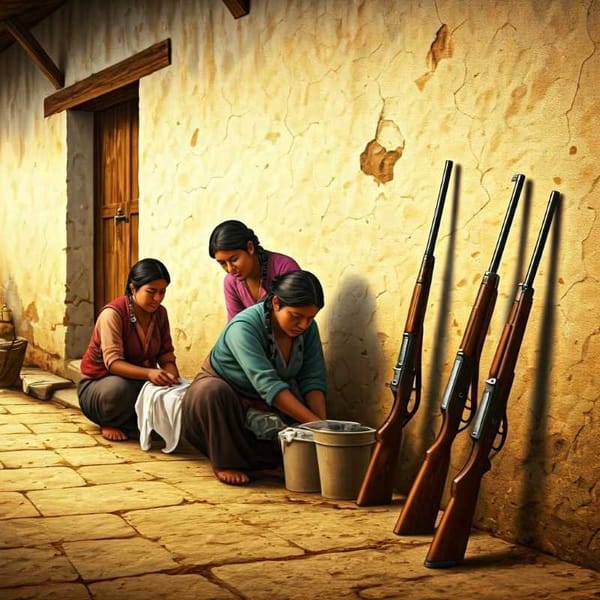Some testimonies of Mexican gastronomy preserved in documents
The street stalls have been another of the places frequented by Mexican society. Since centuries ago it was common to find stalls that offered a great variety of dishes.

Over time, food has been identified as an element of the cultural identity of a given society. In the case of Mexico, its culinary tradition is identified as a mixture of diverse cultures, which with the process of the conquest would begin to combine and mix to generate particular elements such as the eclectic Mexican cuisine that can be tasted today.
Now, within the world of Mexican cuisine, some representative elements can be mentioned, such as the case of its common ingredients, which include corn, beans, and chili, as well as practices and modes of consumer behavior such as the case of street snacks, a practice that has been changing over time, because although stalls dedicated to the sale of Mexican snacks can still be found, the sale of foreign foods such as hamburgers, hot dogs and pizza, among others, has been increasing.
As such, it can be pointed out that Mexican antojitos were born both inside and outside the home since establishments such as fondas, figones, and street stalls were among the various places where Mexican cuisine found a creative place for its development. The concurrence of the people to these places was very high, even in some newspapers of the city it was announced when a new fonda was opened.
The street stalls have been another of the places frequented by Mexican society. Since centuries ago it was common to find stalls that offered a great variety of dishes such as the famous tamales accompanied with their atole, to a variety of stews that were prepared with the main products of the countryside. In a publication of the newspaper El chisme, a scene of that atmosphere that could be observed in the streets at the beginning of the 20th century is recovered:
"There is a little old lady who is dedicated to making garnacha, which is enchilada with purslane, chard, or any other vegetable, and who not only sells them but even trusts them when they do not have armada.
They call this old lady Aunt Sara, and when a newspaper comes out she is the first to arrive with her basket of tortillas and her pots of mole aguado, beans, and any other snack, and she sells it all to the boys who savor it with true delight.
The quesadillero is always after them, too, because they consume them. A boy is in charge of announcing his presence, with a fluttering shout that says: -The hot quesadillas from the oven! Here's the view, here's the view."
Another of the media that managed to capture the image of the practices and modes of behavior of food consumption within Mexican society was the field of photography. Without a doubt, photographers considered the theme of food as a representative element of what is Mexican, such as the images of Lupercio, who captures the moment in which a Mexican family from the countryside begins to taste its itacate, or those of C. B. Waite, who with his camera captured different food and drink stands that could be found in the streets of Mexico City.
Others portray the theme of food in a certain historical context, as is the case of the photographer Ponciano Flores Pérez, who came to portray the famous "hora del rancho" that took place within the revolutionary ranks. All these graphic sources are stored in the General Archive of the Nation, which is a testimony of the gastronomic history of Mexico.




